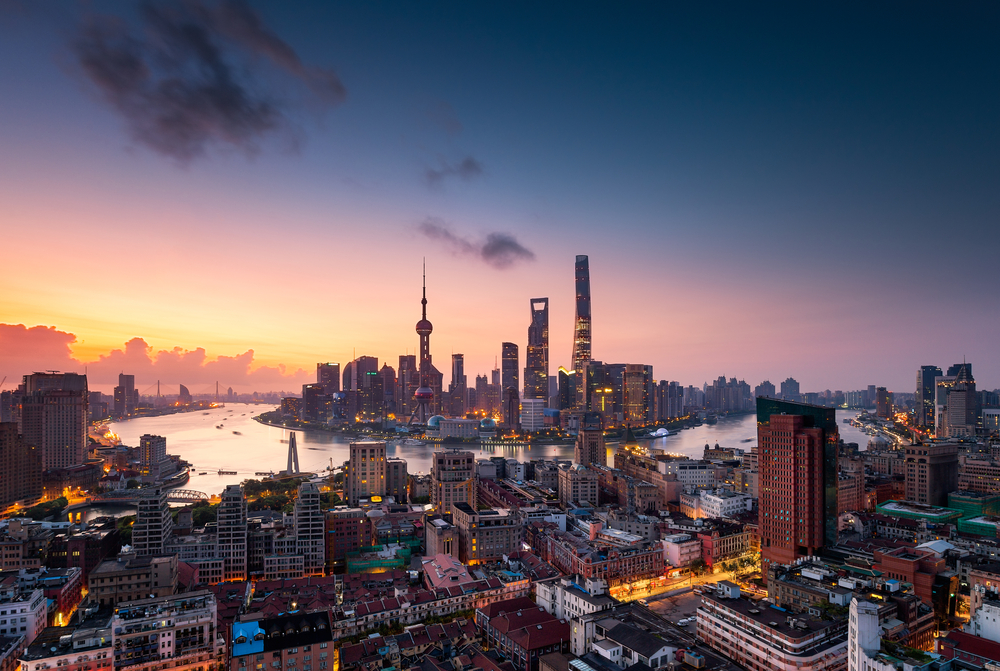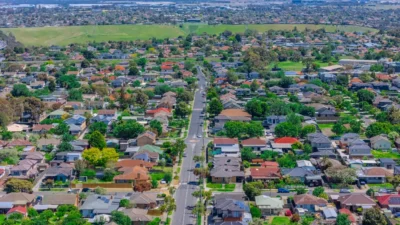Decade roundup: the most popular luxury markets across the globe
From 2010 to 2019, the Asia Pacific region has consistently seized the top spots

A decade’s worth of Prime International Residential Index (PIRI 100) data by global property consultancy firm Knight Frank revealed the Asia Pacific region as a notable leader in terms of in-demand luxury markets throughout the past decade.
In 2010, Shanghai led the pack with 52 percent, followed by Beijing at 47 percent, and Hong Kong at 40.5 percent. These major cities came out strong at the start of the decade, with property values growing by over 40 percent, following the global financial crisis from a few years back.
Come 2011, Shanghai still nabbed the first spot, albeit substantially lower at 21 percent. Outpacing China’s other major cities from the rankings are Asian financial hubs Mumbai at 20 percent and Singapore at 18 percent. Moreover, a total of 17 markets saw a double-digit price increase as the economy began to recover worldwide.
But in 2012, Asian cities did not see the light of day as Nairobi (25 percent), Kenyan Coast (20 percent), and Miami (19.1 percent) emerged as primary luxury real estate markets. Analysts at Knight Frank explained that property investors view these cities as a safe haven compared to other countries.
2013 brought the attention back to the Asia Pacific region, as Jakarta soared at 38.1 percent, Bali at 20 percent, and Dubai at 20 percent. The rapid economic expansion in Indonesia drove the increase in property value, while Dubai recovered its role as a safe haven in the midst of the chaos in the Middle East and as a hub linking Europe and the Asia-Pacific.
Jakarta held its position with a 37.7 increase in 2014, followed by Auckland at 28.8 percent, and Bali at 22 percent. The two primary markets of Indonesia remained steadfast, while Auckland’s property values abruptly grew, as New Zealand began to emerge as a chosen destination of the super-wealthy because of its remoteness.
More: Asia Pacific real estate transaction volume hits an all-time high, accumulating $128 billion
In 2015, New York city’s condo boom propelled it up the ladder at 18.8 percent, followed by the ski resort town of Aspen at 16 percent, and a tie between Istanbul and Bali at 15 percent.
The strongest markets in 2016 were Vancouver at 24.5 percent, Sydney at 14.8 percent, and Shanghai making a comeback at 14.1 percent, as more Chinese buyers invested overseas. Both Vancouver and Sydney sprung up as major hubs for foreign investment.
China reclaimed all three thrones in 2017, with Shanghai at 27.4 percent, Beijing at 26.8 percent, and Guangzhou at 26.6 percent. However, the government imposed cooling measures to control prices shortly after which will dwindle their chances of another Chinese real estate boom.
The next year, however, Guangzhou still managed to take the top spot at 27.4 percent, primarily driven by the relatively affordable properties. Cape Town grew stronger at 19.9 percent as local and foreign investors bought properties in this ‘geographically-constrained luxury market.’ Aspen also soared back on top, with 19 percent growth.
The most unexpected city capping off the decade is Manila at 11.1 percent, which was not ranked in most of the Wealth Reports throughout the past years. The European cities of Edinburgh at 10.6 percent and Berlin at 10.5 percent, with their less mature luxury markets, also came out as a surprise. Despite the global slowdown, these are the first cities in the region to crack the top three rankings.
Recommended
Inside Asia’s luxury resort residences that are redefining high-end living
Asia’s resort residence market is witnessing a shift as investors eye larger, multifunctional units
How joining BRICS could give Thailand and Malaysia a new economic edge
Thailand and Malaysia are eyeing membership in the bloc of emerging nations
How Modi’s real estate reforms are transforming India’s housing market – and what’s next
A coalition led by the strongman prime minister Narendra Modi is looking to consolidate gains in the property market
Why Japan’s new interest rates might spark a transformation in Niseko’s property market
A new era for Niseko’s wintry property market dawns with the sunset of Japan’s negative rates regime








